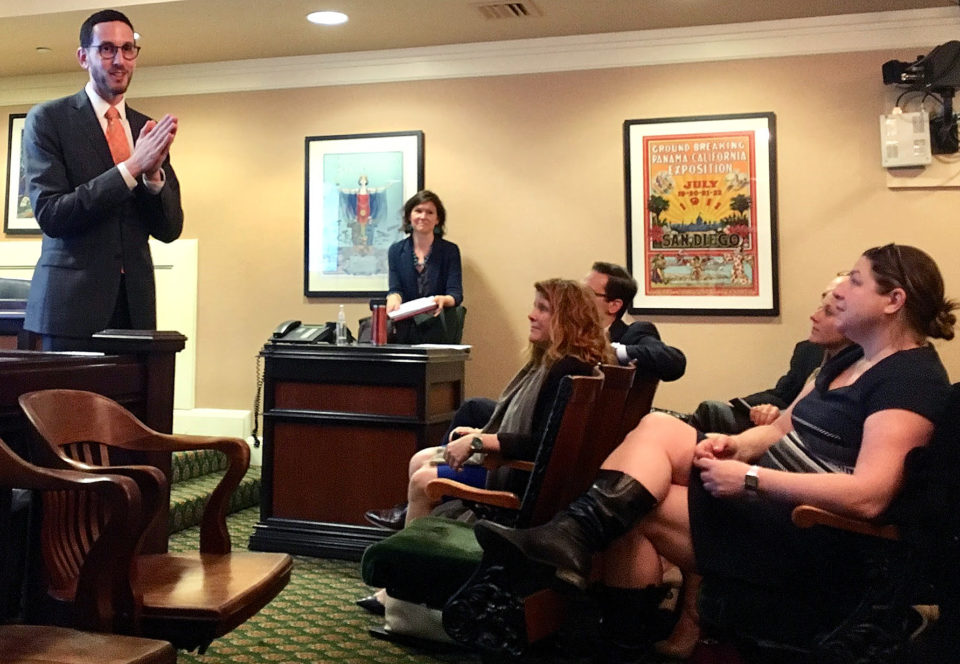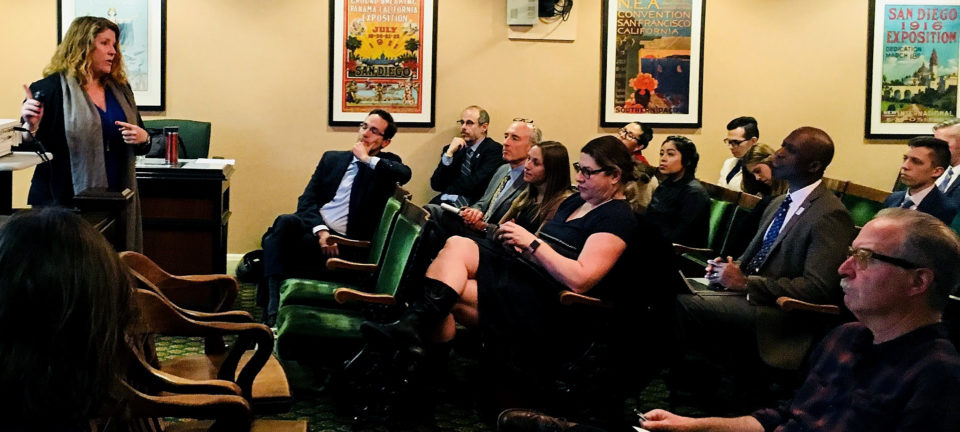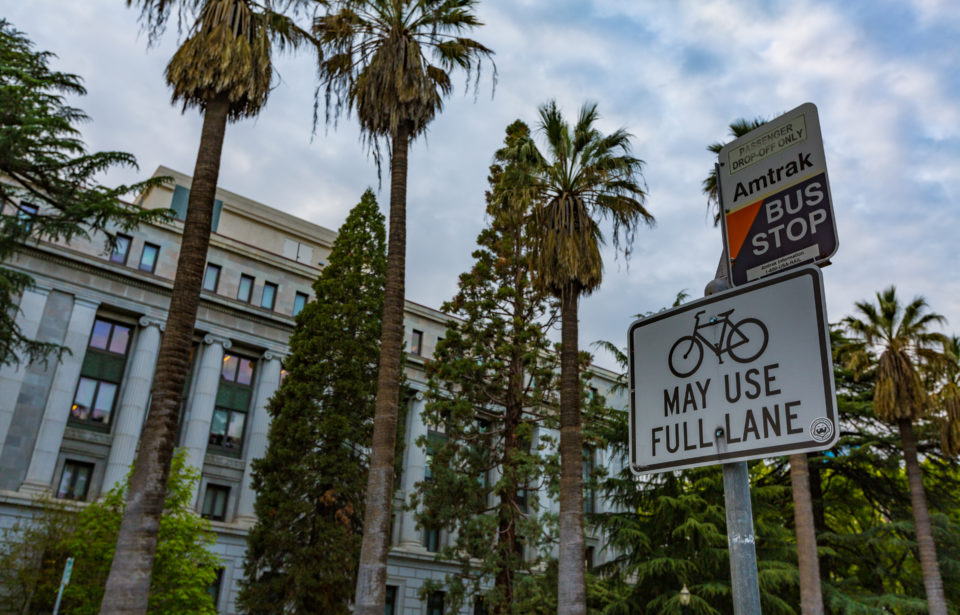Emerging mobility is changing the way we get around. And in this fast-changing landscape of scooter share, ride-hailing apps, and access to exceptional amounts of mobility data, cities want to stay ahead of the curve. As managers of the public right-of-way, they’re supporting public policy that leverages new transportation technologies to promote vibrant urban environments and a functional right-of-way.
The cities that belong to CaCTI, a consortium of seven of the largest cities in California, met earlier this year in Sacramento to work towards this goal. Emerging Mobility Explained, the coalition’s first educational briefing for the state legislative community, brought together more than 30 California Assembly and Senate staff from across the state for a deep dive into this quickly-evolving field.

Sen. Scott Wiener introduces the event.
Senator Scott Wiener (D-San Francisco) emphasized the need for a future where transportation and new technologies work for everyone. Cities, including Los Angeles with NACTO President and LADOT General Manager Seleta Reynolds, and San José, San Francisco, and Oakland, explored the broad field of emerging mobility, from the impact of ride-hailing companies on city transportation to cities’ responsibility for improving safety on their streets to the need for data sharing and open lines of communication between cities and private mobility providers.

Seleta Reynolds talks emerging mobility.
California cities face a number of issues that are intricately linked with transportation. Emissions from the transportation sector account for 41% of all carbon emissions. Traffic fatalities have increased in the state over the past decade, with pedestrian and bicyclist fatalities increasing 42% and 24% respectively from 2010 to 2017. And there’s a housing crisis affecting communities across California, with affordable options located further from city centers and increasing numbers of people forced to commute long distances by car in order to afford their homes. These dynamics are deeply inequitable: low income and minority populations are most likely to be cost-burdened by unaffordable housing, and exposed to the unsafe streets and air pollution that comes from a car-dominated transportation system.
Meanwhile, there is a bill moving California’s legislature that threatens to erase local control to manage shared micromobility operators, undermining cities’ efforts to incorporate these new devices into their broader transportation planning efforts. Planning efforts that could, in part, work to address some of the pressing statewide issues linked to transportation. While emerging mobility is not a panacea, it presents opportunities for cities that are working to leverage new devices, systems, and data in order to realize local climate action, street safety, and transit access goals, a dynamic discussed by participants during Emerging Mobility Explained.
New transportation technologies do more than provide new ways to get around. They represent the potential of transportation to affect meaningful change. CaCTI cities, and NACTO members more generally, know this: engaging in dialogues about emerging mobility and supporting progressive transportation policies is a core component of building transportation systems that work better for everyone.

Sacramento, California
:::::
Thank you to Seleta Reynolds from LADOT, Ed Reiskin from SFMTA, Jessica Zenk from San Jose DOT, and Ryan Russo from OakDOT for their thoughtful contributions to the panel discussion. Thanks also to Kate Breen and Jadie Wasilco from SFMTA, Kevin Hefner from San Jose DOT, Nicole Ferrara from OakDOT, and Makenzi Rasey and Jennifer Cohen from LADOT for coordinating this event and supporting CaCTI.
You can learn more about CaCTI here, or email Sindhu Bharadwaj at [email protected].